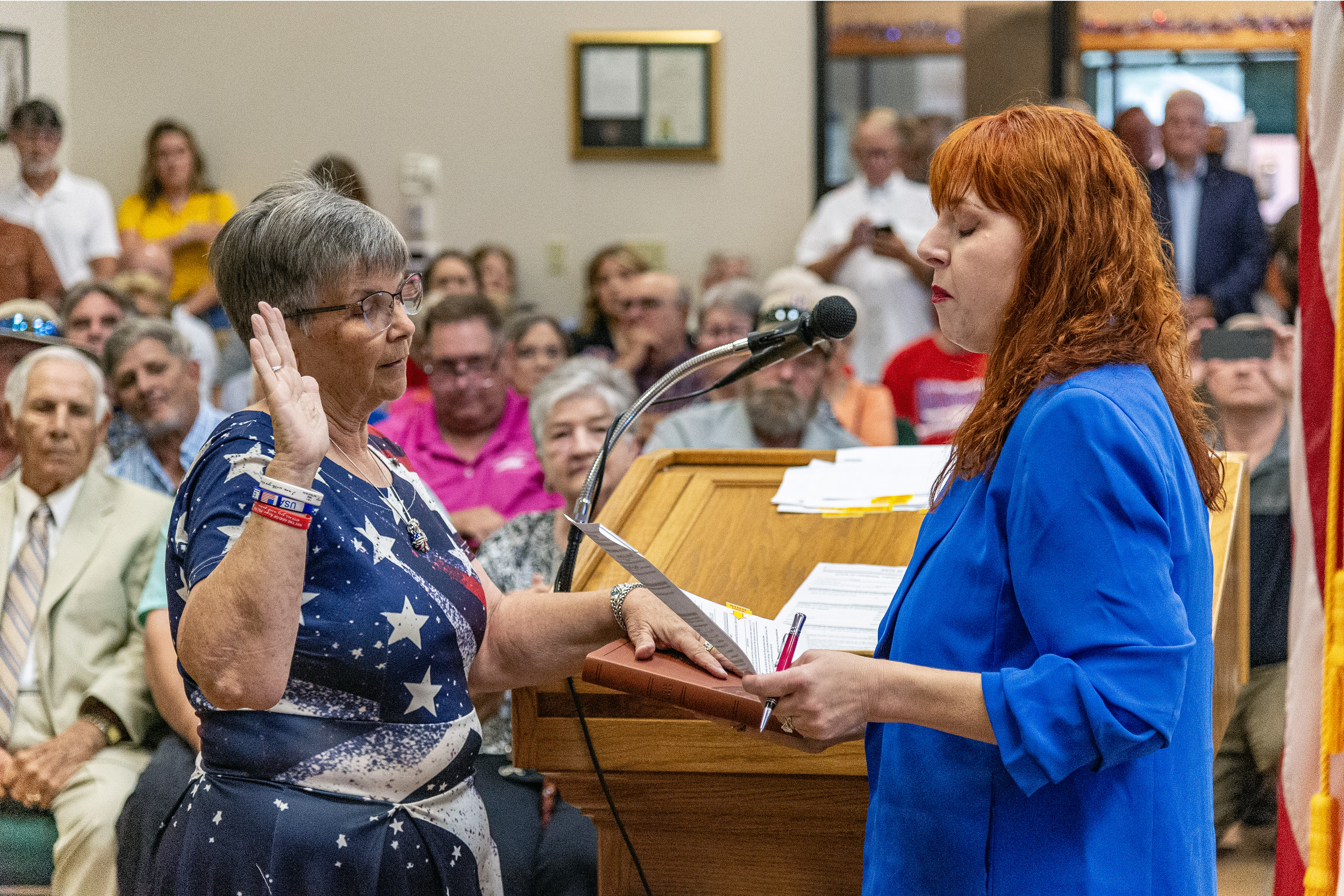THE INFORMER: Wrecking ball claims old Calcasieu Parish Jail
Published 4:36 am Saturday, March 15, 2025






“Destruction of a historic downtown Calcasieu Parish building will begin this week. But the hundreds of thousands who’ve passed through its iron doors likely won’t miss it.”
That was the cheeky way then-American Press staff writer Fran Dickey began her coverage of the demolition of the Calcasieu Parish Jail in an April 14, 1991, article.
The 35-year-old, four- level, 32,000-square-foot jail — located the corner of Kirby Street and Lakeshore Drive — was set to be demolished in the coming days.
Architect E.J. Ellender said the first step in leveling the building was shutting off power, gas and sewer lines. A fuel tank that was used to run the emergency generator was then removed and telephone connections cut. After that, the demolition route chosen was wrecking balls.
“We decided against explosives because we were afraid that with all the buildings down here being so close the rattling might damage adjacent foundations,”Ellender said. “And, we felt like explosives would not save any money.”
The jail closed its iron bars for the last time on Nov. 3, 1990, when 210 prisoners were transported under heavy guard to the new facility on East Broad Street. That facility continues to serve as the parish jail today.
Before the downtown jail closed, massive paint peelings and mold had set in. A Baton Rouge company, Combined Services Inc., removed asbestos from the site for $19,998.
Dickey was able to tour the facility before it was demolished and said on the second, third and fourth floors where inmates lived milk cartons, potato chip bags, books and Bibles remained in day rooms and cells.
She said bed paddings and pillows were still on metal bunks and tennis shoes and jail sandals were on cell floors.
“In one cell hung a pair of orange coveralls — the type of clothing inmates wore before the move,” Dickey reported. “The only graffiti that could be deciphered were paint-scratched phrases on doors — ‘Leave our souls at rest. Go away please’ and ‘We don’t need no thought control.’ ”
The first floor was host to the radio room, warrants office, chief deputy’s office, chief jailer’s office, visitation booths, cafeteria, laundry room and booking area.
Dickey said old floppy disks were strewn on the floor and activity schedules for inmates were stacked on shelves.
“The chief jailer’s office had been converted to a junk room — with piles of papers, books, boards and furniture — by asbestos removers who had to clear their work area.”
Before the downstairs visitation booths were built, visitors were taken upstairs where the inmates actually lived.
Joey Alcede —who was chief jailer at the site from 1980 to 1990 — said that posed security problems because visitors could slip items in a latched door where inmates took their food.
“When the sheriff (Wayne McElveen) took office in 1980 we did quite a few things,” Alcede told the American Press. “We put louvers over the windows to cut down on verbal abuse from inmates to people walking down below. We put in video monitors on every floor to monitor the catwalks. They had microphones so we could also hear if there was a problem with the inmates.”
Before, the only way control room operators could communicate with guards was by way of telephones at the end of a catwalk.
Alcede said before a court order set in 1982 limited the jail population, the facility averaged nearly 10,000 inmates a year.
After the court ruling, that dropped to 7,000.
“If you just said an average of 5,000 came in a year for 30 years that’s 150,000 right there,” Alcede said. “So I would say hundreds of thousands of inmates were processed through the old jail.”











